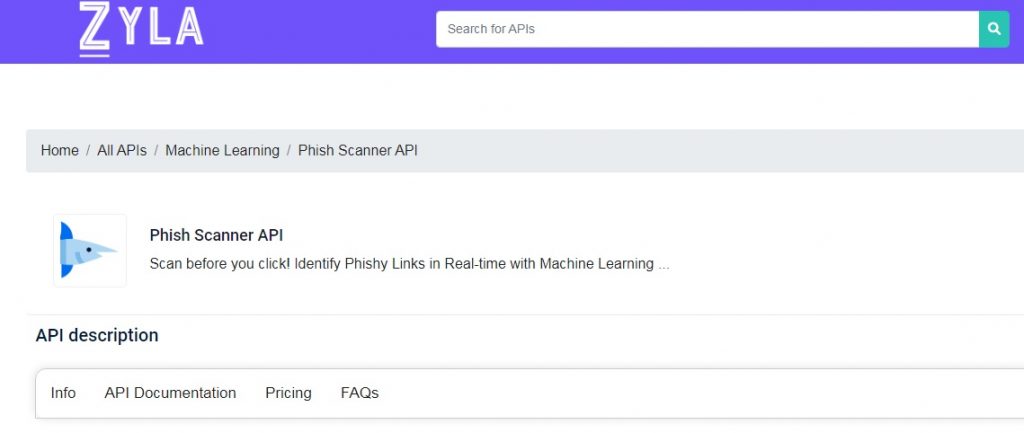Looking for a way to improve your cybersecurity? There are many! In case you want to employ an API for this task, you first have to know its pros and cons to be aware of everything before starting, so read this article to know all this and also get to know the most dependable phish scanner API in the market!
Platform creators and security firms are battling the rise of phishing and scam links on the Internet. This is as a result of the connections’ rapid dispersion across numerous channels. Many teams struggle to find trustworthy URL scanning tools that can handle the volume of links, endangering both the platform and its users.
An application programming interface, or API, for Phish Score is often used bydevelopers who can use it to access and include the features of URL-scanning phishing scanners. APIs can scan emails or websites to detect phishing attempts. Then, along with the website’s URL and any other relevant information, they share information on the attacks that were discovered. But let’s take a look at its pros and cons.
When new phishing strategies are deployed, phishing detection API techniques typically have low detection accuracy and high false alarm rates. Due to problems with their updating mechanisms, blacklist- and whitelist-based techniques cannot reliably identify phishing assaults that are emerging.

Computational and spatial complexity problems also exist with visual similarity approaches. Therefore, to provide real-time performance, lightweight similarity-based phishing detection algorithms are required.
But on the other side, these APIs have the advantage of automatically spotting phishing attempts by keeping track of questionable URLs in real-time, what makes them useful to quickly identify phishing domains and websites. Another essential aspect is that these APIs increase phishing detection and prevention methods by providing relevant information about phishers’ tactics.
In summary, we have to say that using an API to detect phish is one of the best methods, but you don’t have to forget to be extremely careful when you make your choice because it will impact in your system and the way you manage your cybersecurity.
To help you on this task and because we know that the infinite options available can be overwhelming, we’ve brought to you this incredibly reliable technology: the Phish Scanner API
Phish Scanner API
Even the most current phishing attempts can be recognized using the Phish Scanner API, which, in contrast to traditional blacklist services, uses machine learning to detect phishing. Cybersecurity experts and enthusiasts utilize the Phish Scanner API to create cutting-edge OSINT security apps or to improve domain monitoring and anti-phishing methods.

The API assigns a Phish Score to each URL submission and provides a wealth of features that clients can use to create sophisticated dashboards or algorithms that take into account the unique traits of every Phish.
Timeouts, browser preferences, and even the features you want your response to have as a response can all be added as additional parameters for the request. All of this is detailed in the docs when utilizing the Phish Scanner API.

